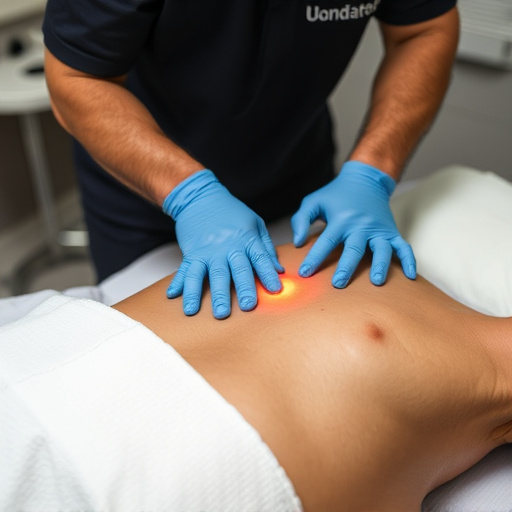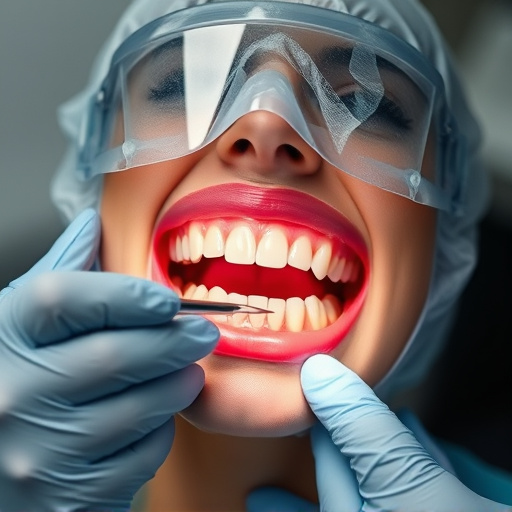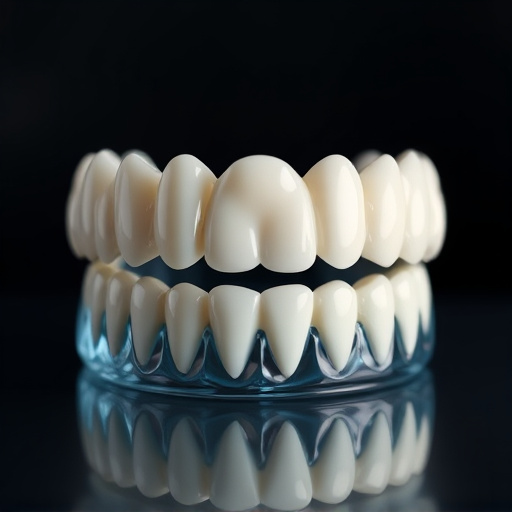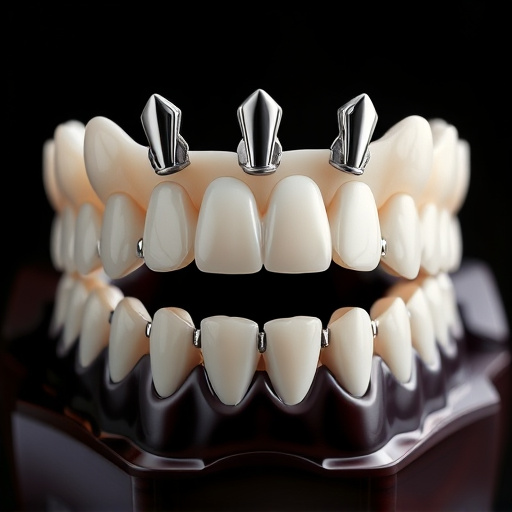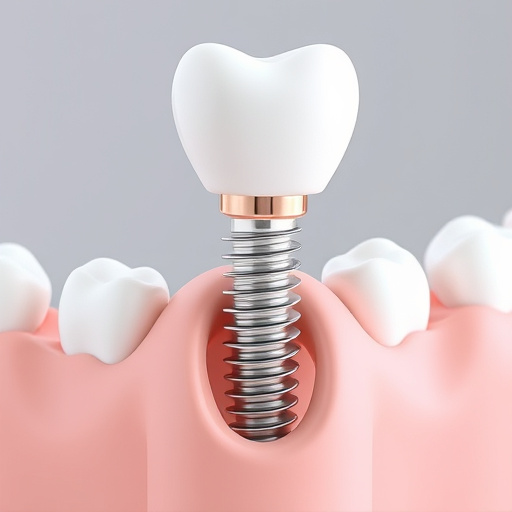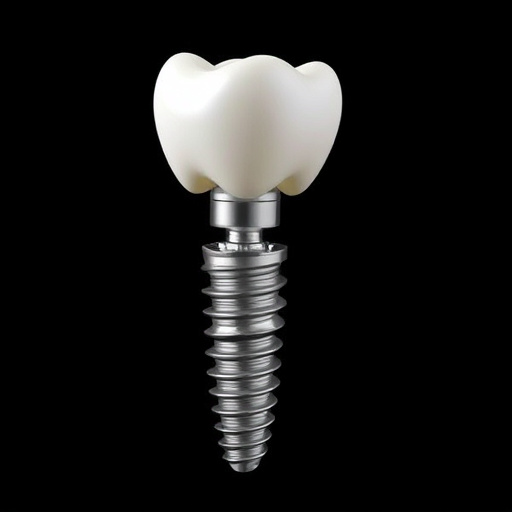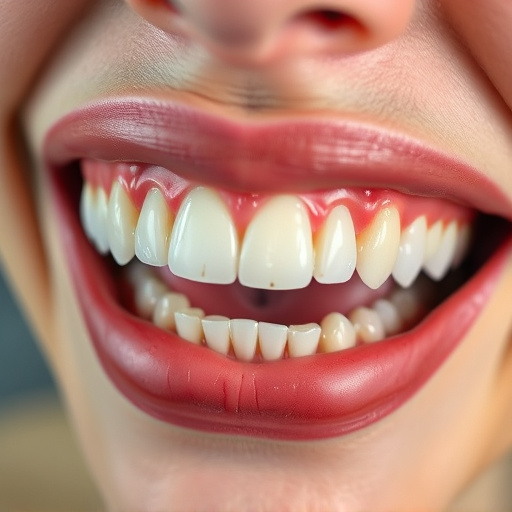Scaling and root planing are traditional dental procedures for treating gum disease, removing plaque and tartar buildup. Newer alternatives like dental bonding or professional cleanings offer less invasive options for sensitive gums or milder conditions. These conservative treatments promote oral health while avoiding intensive scaling and root planing, with restorative dentistry playing a key role in maintaining long-term dental wellness.
In the realm of dental care, scaling and root planing have long been the go-to procedures for treating periodontal disease. However, many patients seek non-surgical alternatives due to discomfort or preferences. This article delves into the world of modern dentistry by exploring innovative non-invasive techniques, such as ultrasonic scalers, air flow devices, and laser therapy, offering a fresh perspective on scaling and root planing. We examine their advantages, limitations, and real-world applications, guiding dental professionals and patients toward effective, comfortable solutions.
- Understanding Traditional Scaling and Root Planing
- – Definition and purpose of scaling and root planing
- – Process and benefits of traditional methods
Understanding Traditional Scaling and Root Planing
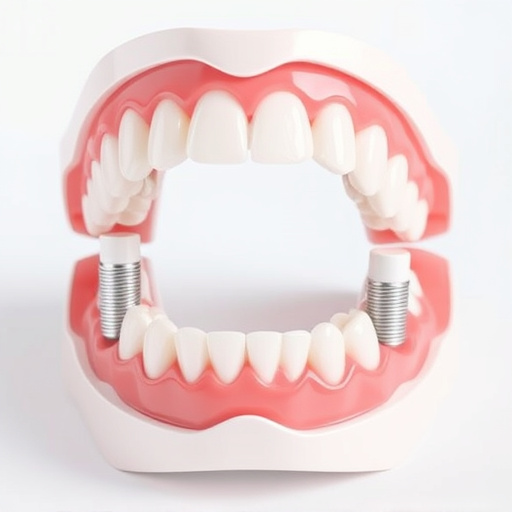
Scaling and root planing are traditional dental procedures designed to improve oral health and aesthetics. Scaling involves the meticulous removal of plaque and tartar buildup from above and below the gumline, while root planing goes a step further by smoothing and cleaning the tooth roots, eliminating any infected or inflamed tissue. This dual approach is crucial for addressing periodontal disease and maintaining healthy gums. It’s worth noting that these procedures are often non-invasive, making them suitable alternatives to more complex treatments like tooth extractions.
However, not all patients are comfortable with traditional scaling and root planing. Some may prefer less invasive options, especially when dealing with sensitive gums or mild forms of periodontal disease. In such cases, dental bonding or professional dental cleanings can offer viable alternatives. Bonding involves applying a resin material to the tooth surface for a more conservative approach, while regular dental cleanings by a qualified hygienist can help maintain oral health and prevent the progression of gum disease without the intensive nature of scaling and root planing.
– Definition and purpose of scaling and root planing
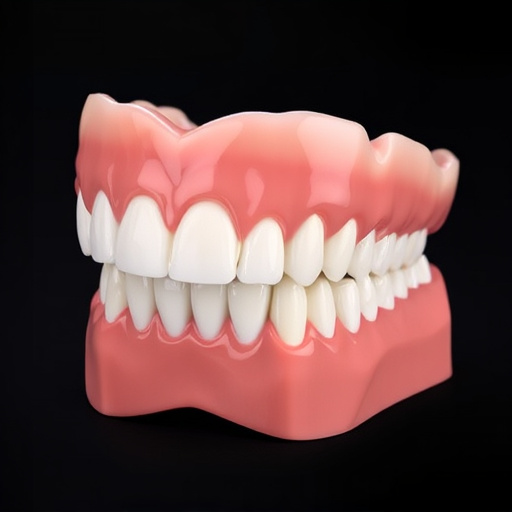
Scaling and root planing are essential dental procedures aimed at improving oral health by removing plaque and tartar buildup from teeth and gumlines. While traditional methods involve surgical intervention, there are now non-surgical alternatives that offer a more comfortable and less invasive approach to achieving similar results. These techniques focus on deep cleaning and smoothing the tooth roots (or cementum) to prevent gum disease and promote better overall dental health.
Restorative dentistry plays a significant role in these alternative treatments, as it involves using advanced materials for fillings or repairing damaged teeth instead of extracting them, such as with wisdom tooth removal. Non-surgical scaling and root planing can be particularly beneficial for those seeking a more conservative approach to oral care, avoiding extensive procedures and promoting long-term dental wellness.
– Process and benefits of traditional methods
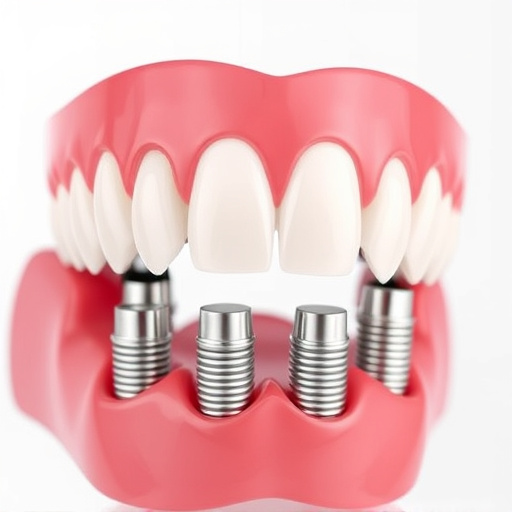
Traditional methods of scaling and root planing have long been the gold standard in dental care for addressing periodontitis, or gum disease. This process involves meticulously removing plaque and tartar buildup from above and below the gumline, smoothing the tooth roots to prevent further bacterial invasion, and promoting gum tissue healing. The benefits are numerous: improved oral health, reduced inflammation, prevention of bone loss, and the chance to avoid more invasive procedures. These traditional methods remain crucial in restorative dentistry, especially when combined with routine oral exams and dental cleanings, as part of a comprehensive oral care regimen. By addressing gum disease early through these proven techniques, patients can maintain a healthy smile for years to come.
In conclusion, while traditional scaling and root planing have long been the go-to methods for dental care, exploring non-surgical alternatives opens up new possibilities. These innovative approaches offer a less invasive option, providing relief to patients seeking a more comfortable and efficient solution for gum health. By considering these alternatives, dental professionals can cater to diverse patient needs, ensuring optimal oral care without the drawbacks associated with conventional methods.





